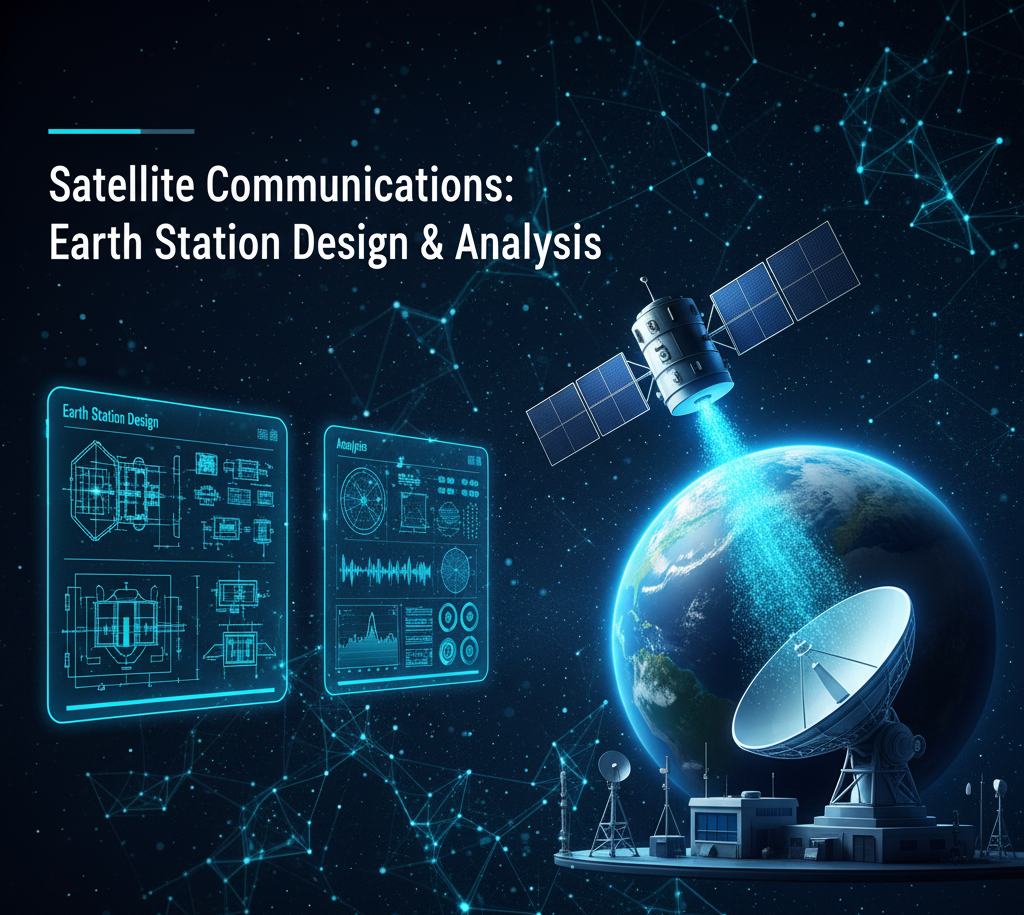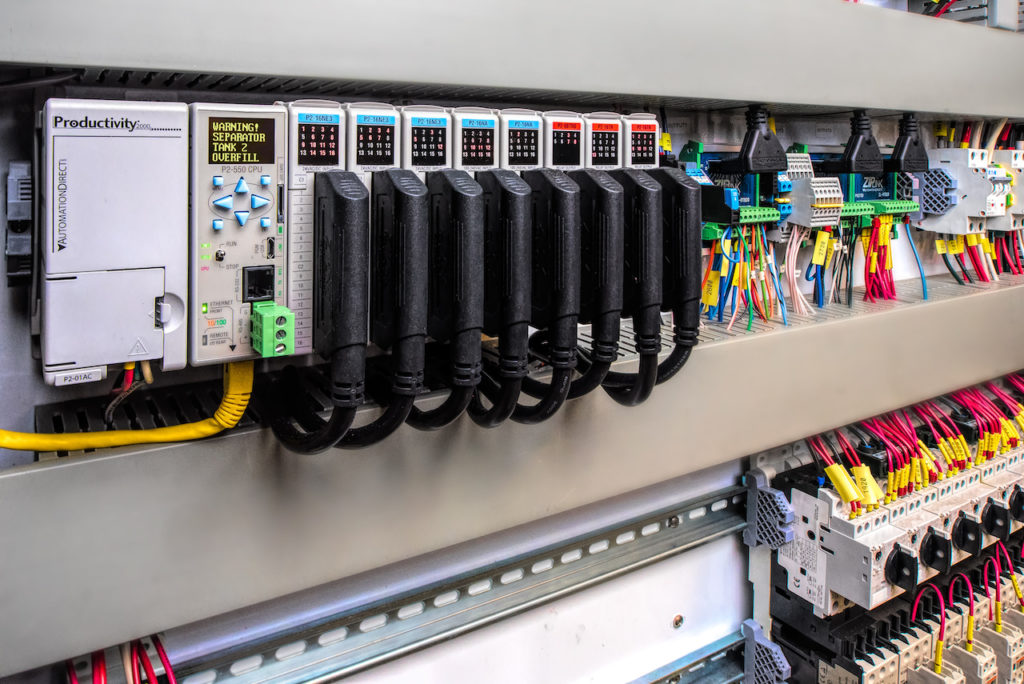

Learn How To
This interactive Training will be highly interactive, with opportunities to advance your opinions and ideas and will include;
Module I—Digital Communications for Geosynchronous Satellites
Module II—Geosynchronous Satellites
Module III—Earth Station Equipment
Module IV—Earth Station Design
Module V—Link Analysis Techniques
CDGA attendance certificate will be issued to all attendees completing minimum of 80% of the total course duration.
| Code | Date | Venue | Fees | Register |
|---|---|---|---|---|
| IE104-01 | 12-01-2026 | London | USD 6950 | |
| IE104-02 | 05-04-2026 | Dubai | USD 5450 | |
| IE104-03 | 24-08-2026 | Istanbul | USD 5950 | |
| IE104-04 | 15-11-2026 | Manama | USD 5450 |

Advanced Telecom Training Course, Telecommunications Training Level II provides a thorough technical overview of modern telecom, data, wireless, mobile and convergent networks by utilizing Tonex Roadm ...

Industrial data communication is characterized by its operating environment. Electromagnetic interference (EMI), long distances and physical barriers set industrial communications apart from typical b ...
Providing services with a high quality that are satisfying the requirements
Appling the specifications and legalizations to ensure the quality of service.
Best utilization of resources for continually improving the business activities.
CDGA keen to selects highly technical instructors based on professional field experience
Since CDGA was established, it considered a training partner for world class oil & gas institution
3012, Block 3, 30 Euro Business Park, Little Island, Co. Cork, T45 V220, Ireland
Mon to Fri 09:00 AM to 06:00 PM
Contact Us anytime!
Request Info